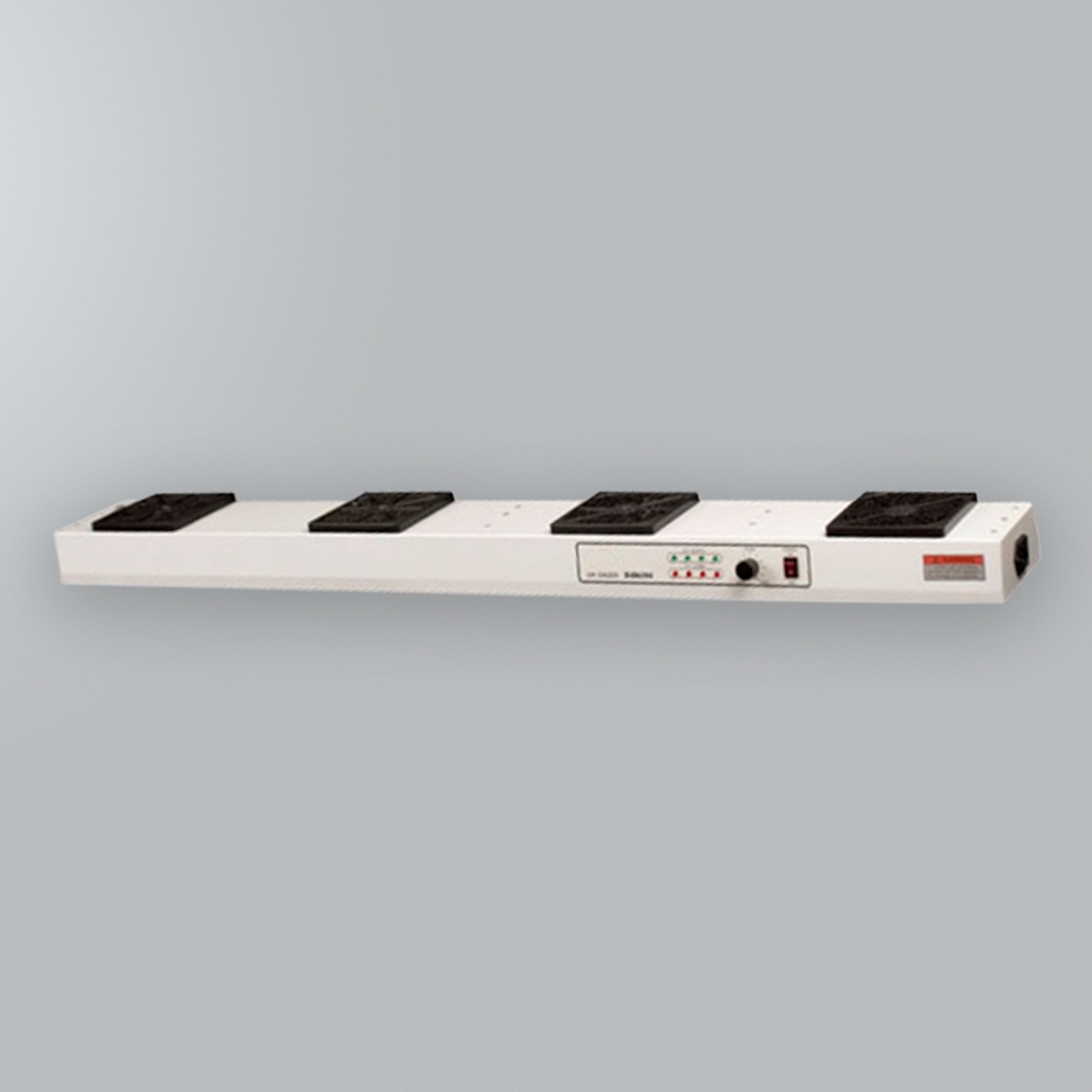

Articles
What Is An Ionizer Fan
Modified: January 19, 2024
Learn all about ionizer fans and their benefits in this informative article. Discover how these innovative devices improve air quality and create a healthier environment.
(Many of the links in this article redirect to a specific reviewed product. Your purchase of these products through affiliate links helps to generate commission for Storables.com, at no extra cost. Learn more)
Introduction
Welcome to the world of ionizer fans! With their sleek design and advanced functionality, these innovative devices have become increasingly popular in recent years. But what exactly is an ionizer fan, and what sets it apart from traditional fans?
An ionizer fan, also known as an air ionizer or an air purifier with ionizer, is a unique type of fan that not only circulates air but also releases negatively charged ions into the surrounding environment. These negatively charged ions attach themselves to airborne pollutants, such as dust particles, pollen, and pet dander, causing them to become heavy and fall to the ground. As a result, ionizer fans effectively reduce the concentration of these harmful airborne particles, leading to cleaner and fresher air.
The concept of ionization is not new. It has been used for decades in various industries, including hospitals, cleanrooms, and electronic manufacturing facilities. However, the integration of ionization technology in a fan adds a whole new dimension to the traditional cooling and air circulation functions.
In this article, we will delve deeper into the world of ionizer fans, exploring how they work, the benefits they offer, and the factors to consider when choosing one. So, if you’re curious to learn more about these fascinating devices and how they can enhance your indoor air quality, keep reading!
Key Takeaways:
- Ionizer fans release negatively charged ions to capture and neutralize airborne pollutants, leading to cleaner and fresher air. They offer benefits such as improved air quality, allergen reduction, and energy efficiency, making them a valuable addition to any indoor space.
- When choosing an ionizer fan, consider factors such as room size, noise level, ion output, additional features, power consumption, and budget. Prioritize safety precautions, follow manufacturer instructions, and conduct regular maintenance to ensure optimal performance and a safe environment.
Read more: What Does An Ionizer Do On A Fan
Definition of an Ionizer Fan
An ionizer fan is an electronic appliance that combines the features of a traditional fan with an ionization function. While conventional fans simply circulate air, an ionizer fan goes a step further by releasing negatively charged ions into the surrounding air. These ions attach to airborne particles and pollutants, causing them to become grounded and effectively reducing their concentration in the air.
The ionization process in an ionizer fan works through the generation of high-voltage electricity. The fan contains a series of metal plates or needles that are charged with electricity. As air passes through the fan, the electricity charges the air molecules, turning them into negatively charged ions.
These negatively charged ions are then released into the air, where they attach themselves to pollutants such as dust, allergens, and odorous particles. The ions effectively neutralize these particles by making them too heavy to remain airborne. This process, known as electrostatic precipitation, results in cleaner and fresher air.
It’s important to note that ionizer fans are different from traditional air purifiers. While both devices aim to improve indoor air quality, air purifiers typically use filters to capture particles, whereas ionizer fans rely on ionization technology to remove airborne pollutants.
Ionizer fans can come in various sizes and designs, ranging from compact desk fans to larger tower fans. Some models even come with additional features such as remote controls, built-in timers, and adjustable fan speeds, allowing for personalized comfort and convenience.
Now that we understand the basic definition of an ionizer fan, let’s dive deeper into how these innovative devices actually work to improve indoor air quality.
How an Ionizer Fan Works
An ionizer fan works by employing the process of ionization to improve the quality of the air in a given space. It utilizes electrical charges to create negatively charged ions that bind to airborne particles, making them heavier and causing them to settle out of the air.
The ionization process in an ionizer fan typically involves the use of an ionization chamber or a series of ionizing needles. These components are electrically charged, creating a high-voltage field within the fan.
As air flows through the fan, it passes through the ionization chamber or near the ionizing needles. The high voltage applied to these components releases electrons into the air, transforming them into negatively charged ions.
Once released, these negatively charged ions interact with airborne particles in the vicinity. The ions attach themselves to these particles, which can range from dust, pollen, pet dander, mold spores, and even smoke particles.
When the ions attach to the particles, a process called ion capture occurs. This causes the particles to become electrically charged and heavier due to the added negative charge. As a result, these particles are no longer able to remain suspended in the air.
The heavier particles then settle onto surfaces such as floors, walls, and furniture, effectively removing them from the breathable air. This process is akin to how dust settles down after it’s been disturbed.
It’s important to note that ionizer fans do not remove particles by filtering them out of the air like traditional air purifiers. Instead, they alter the electrical charge of the particles, allowing them to be naturally removed from the air through settling.
In addition to purifying the air, ionizer fans can also create a subtle breeze by using their fan function. By combining ionization and fan capabilities, these devices provide a dual-action approach to improve indoor air quality and enhance airflow in a room.
Now that we understand how ionizer fans work, let’s explore the benefits they offer in terms of improving air quality and creating a healthier living or working environment.
Benefits of Using an Ionizer Fan
Using an ionizer fan can bring numerous benefits to your indoor environment. Let’s delve into some of the key advantages of incorporating an ionizer fan into your living or working space:
1. Improved Air Quality:
An ionizer fan effectively reduces the concentration of airborne pollutants such as dust, pollen, pet dander, mold spores, and smoke particles. By neutralizing and causing these particles to settle, it helps to create cleaner and fresher air for a healthier living environment.
Read more: What Is An Ionization Smoke Detector?
2. Allergen Reduction:
For individuals who suffer from allergies or asthma, an ionizer fan can provide great relief. By capturing and removing allergens from the air, such as pollen and dust mites, the fan helps alleviate allergy symptoms, leading to a more comfortable and breathable space.
3. Odor Elimination:
Ionizer fans are also effective at neutralizing unpleasant odors in the air, such as cooking smells, pet odors, and cigarette smoke. The negative ions released by the fan bind to the odor-causing particles, reducing their presence and promoting a fresher-smelling environment.
4. Enhanced Mood and Mental Clarity:
Negative ions have been associated with promoting a sense of well-being and improved mental clarity. People often report feeling more refreshed, energized, and uplifted when surrounded by higher levels of negative ions. An ionizer fan can help create such an environment, contributing to a positive mood and increased productivity.
5. Cost and Energy Efficiency:
Compared to traditional air purifiers, ionizer fans are generally more cost-effective and energy-efficient. They don’t require regular filter replacements, which can be costly, and they consume less energy since they don’t rely on fans to push air through a filter. This makes them an economical and eco-friendly choice for maintaining clean air.
Read more: What Is An Ionizer Air Purifier
6. Versatile Usage:
Ionizer fans come in various sizes and designs, making them suitable for a wide range of spaces, from small bedrooms to large living rooms or office areas. They can be portable, allowing you to move them around as needed, and many models also offer additional features such as adjustable fan speeds, timers, and remote controls for enhanced convenience.
By utilizing an ionizer fan, you can create a healthier, more comfortable environment while enjoying the additional benefits it offers. However, it’s important to understand the common features of ionizer fans and how they differ from regular fans to make an informed choice. Let’s explore that next.
Common Features of an Ionizer Fan
Ionizer fans come with a range of features that enhance their functionality and convenience. Here are some common features you can expect to find in these devices:
1. Ionization Function:
The primary feature of an ionizer fan is its ability to release negatively charged ions into the air. This feature helps to improve air quality by capturing and neutralizing airborne pollutants.
2. Fan Function:
Ionizer fans also have the traditional fan function, allowing you to circulate air in a room. The fan can offer multiple speed settings, from low to high, allowing you to adjust the airflow according to your comfort preferences.
3. Adjustable Settings:
Many ionizer fans come with adjustable settings, such as fan speed control and oscillation. Fan speed control enables you to select the desired airflow intensity, while oscillation allows the fan to rotate from side to side, distributing air more evenly across a room.
4. Timer Feature:
Some ionizer fans offer a timer feature, allowing you to set a specific time for the fan to turn off automatically. This feature is useful if you want the fan to operate for a certain duration and then shut off without manual intervention.
5. Remote Control:
For added convenience, certain ionizer fans come with a remote control. This allows you to adjust the fan’s settings from a distance without having to get up or reach for the controls on the fan unit itself.
6. Filter Indicator:
While ionizer fans don’t have traditional filters, some models are equipped with a filter indicator. This feature alerts you when it’s time to clean or replace any filters or internal components to maintain optimal performance.
7. Space-saving Design:
Ionizer fans are available in various sizes and designs, including compact options for smaller spaces. Some models come with a slim and space-saving design, allowing them to fit seamlessly into tight areas without taking up much room.
8. Quiet Operation:
Many ionizer fans are designed to operate quietly, ensuring minimal disturbance while providing effective air circulation and ionization. This makes them suitable for use in bedrooms, offices, and other quiet environments.
These are some of the common features you can expect to find in ionizer fans. Considering these features can help you select a model that best suits your needs and preferences. However, it’s also important to compare ionizer fans with regular fans to determine which option is right for you. Let’s explore that comparison next.
Comparison with Regular Fans
When considering whether to choose an ionizer fan or a regular fan, it’s important to understand the differences between the two. While both serve the purpose of air circulation, there are key distinctions to consider:
Air Purification:
One of the main differentiating factors between an ionizer fan and a regular fan is the air purification capability. Ionizer fans have the added advantage of releasing negatively charged ions that help capture and neutralize airborne pollutants, improving indoor air quality. Regular fans, on the other hand, only circulate air without actively removing contaminants.
Read more: What Is a PWM Fan
Particle Size:
Ionizer fans are more effective at capturing smaller particles, such as dust, pollen, and smoke, due to the electrostatic attraction between the charged ions and these particles. Regular fans, by comparison, may help disperse larger particles but do not directly impact the smaller ones in the same way.
Noise Level:
Regular fans tend to generate more noise compared to ionizer fans. The mechanism and construction of regular fans often involve moving parts, such as rotating blades, which can create noticeable noise during operation. In contrast, ionizer fans are designed to operate quietly, making them suitable for use in quiet environments like bedrooms or offices.
Cleaning and Maintenance:
Ionizer fans typically require less maintenance compared to regular fans. While regular fans may accumulate dust and debris on their blades, requiring periodic cleaning, ionizer fans primarily rely on the ionization process to capture particles, which settles them out of the air without accumulating on the fan itself. However, it’s important to follow any maintenance instructions provided by the manufacturer to ensure optimal performance.
Energy Efficiency:
In terms of energy efficiency, ionizer fans have an advantage over regular fans. With their ionization technology, these fans generally consume less energy compared to regular fans, which need more power to rotate their blades and circulate the air. This can result in energy savings and potentially lower utility costs over time.
It’s important to note that both types of fans serve different purposes, and your choice may depend on your specific needs and preferences. If you prioritize air purification and improved indoor air quality, an ionizer fan may be the better option. However, if you’re primarily looking for air circulation without the added benefits of ionization, a regular fan may suffice.
Now that you have a better understanding of the comparison between ionizer fans and regular fans, let’s move on to discussing the factors to consider when choosing an ionizer fan.
Read more: What Is Cha Fan
Factors to Consider When Choosing an Ionizer Fan
When selecting an ionizer fan, there are several important factors to consider to ensure you find a model that suits your needs. Here are some key factors to keep in mind:
Room Size:
Consider the size of the room where you plan to use the ionizer fan. Larger rooms will require a fan with a higher fan speed or a larger coverage area to effectively circulate the air and distribute the negative ions throughout the space. Smaller rooms may benefit from a more compact and portable fan.
Noise Level:
If you value a quiet and peaceful environment, look for an ionizer fan that operates quietly. Check the decibel rating, and consider fan models designed with noise reduction technology to ensure a peaceful atmosphere without unwanted disturbances.
Ion Output:
Take into account the ion output of the fan. Some ionizer fans offer adjustable ionization settings, allowing you to control the intensity of the negative ion generation. Higher ion outputs may be beneficial for larger rooms or spaces with higher levels of pollutants.
Read more: How Does An Ionization Smoke Detector Work?
Fan Speeds:
Consider the number and range of fan speeds available in the ionizer fan. Multiple fan speed options allow you to customize the airflow according to your preference and comfort level. Look for fans with at least three speed settings for maximum flexibility.
Additional Features:
Explore any additional features that the ionizer fan may offer. These can include oscillation, timers, remote controls, air quality sensors, filter indicators, and sleep mode. Assess which features are important to you and align with your specific requirements and convenience.
Power Consumption:
Consider the energy efficiency of the ionizer fan. Look for models with energy-saving features or certifications, such as ENERGY STAR, to ensure that the fan consumes minimal energy while still delivering effective performance. This can help lower electricity costs and contribute to a more sustainable lifestyle.
Price and Budget:
Set a budget range for yourself and consider the price of the ionizer fan. Determine the features and functionalities that are essential to you and find a balance between affordability and desired specifications. Compare prices and read reviews to make an informed decision within your budget.
By considering these factors, you can narrow down your options and select an ionizer fan that best meets your specific needs and preferences. Remember to research and compare different models, read customer reviews, and prioritize the features that are most important to you.
Before making a final decision, it’s critical to be aware of any potential drawbacks or safety considerations associated with ionizer fans. Let’s explore those in the next section.
Read also: 11 Best Ionizer Air Purifier For 2024
Potential Drawbacks of Ionizer Fans
While ionizer fans offer numerous benefits, it’s important to be aware of potential drawbacks before making a purchase decision. Here are some potential drawbacks to consider:
Production of Ozone:
In some cases, ionizer fans can produce ozone as a byproduct of the ionization process. Ozone is a molecule composed of three oxygen atoms and can be harmful to human health when present in high concentrations. It’s essential to ensure that the ionizer fan you choose adheres to safety regulations and has low ozone emissions.
Noisier Operation at Higher Fan Speeds:
While ionizer fans may operate quietly at lower fan speeds, they can become noisier as the fan speed increases. This is particularly true for fans with more powerful motors. If you value a quiet environment, consider choosing a fan with noise-reduction features or opt for a model known for its quiet operation.
Less Effective for Larger Particles:
Ionizer fans are typically more effective at capturing and neutralizing smaller particles, such as dust and pollen. However, they may be less effective at removing larger particles or contaminants. If you have specific concerns about larger particles in your environment, consider using the ionizer fan alongside other air filtration methods, such as regular cleaning and vacuuming.
Read more: What Is A Oscillating Fan
Maintenance and Cleaning:
While ionizer fans generally require less maintenance compared to regular fans, they still require occasional cleaning. The ionizing components may accumulate dust over time, potentially affecting the efficiency of the ionization process. It’s important to follow the manufacturer’s instructions for cleaning and maintenance to ensure optimal performance.
Limited Coverage Area:
Ionizer fans have a limited coverage area for effective air purification. Larger rooms may require multiple ionizer fans or a fan with a higher ion output to fully purify the air. Be sure to consider the size of your room and the fan’s coverage area to ensure effective air purification throughout the space.
Potential Interference with Electronic Devices:
Ionizer fans emit negative ions, which can potentially interfere with certain electronic devices, particularly older models. It’s advisable to keep the ionizer fan at a safe distance from sensitive electronic devices to avoid any potential interference or unwanted effects.
By considering these potential drawbacks, you can make an informed decision and determine if an ionizer fan is the right choice for your specific needs and circumstances. It’s important to weigh the benefits against the drawbacks and assess how each factor aligns with your comfort, lifestyle, and requirements.
Now that we’ve discussed the potential drawbacks, let’s move on to exploring some safety precautions you should consider when using an ionizer fan.
Safety Precautions for Using an Ionizer Fan
While ionizer fans can provide benefits for indoor air quality, it’s important to follow safety precautions to ensure their proper and safe use. Here are some key safety guidelines to keep in mind:
Read more: What Is a CPU Fan
Ozone Emissions:
Choose an ionizer fan that complies with safety regulations and has low ozone emissions. High levels of ozone can be harmful to health, so it’s essential to select a fan that prioritizes safety and emits minimal ozone. Look for certifications such as UL (Underwriters Laboratories) or CARB (California Air Resources Board) compliance to ensure that the fan meets safety standards.
Placement:
Position the ionizer fan in a well-ventilated area. This allows for proper airflow and prevents the accumulation of ozone or other potentially harmful byproducts. Avoid placing the fan near sensitive electronic devices to prevent interference or damage caused by the negative ions.
Cleaning and Maintenance:
Regularly clean and maintain the ionizer fan according to the manufacturer’s instructions. Dust and debris can accumulate on the ionizing components over time, affecting the performance of the fan. Follow the recommended cleaning schedule to ensure optimal operation and air purification efficiency.
Electrical Safety:
Ensure that the ionizer fan is properly grounded and plugged into a functioning electrical outlet. Avoid using extension cords or power strips, as they may not provide sufficient power or grounding. Regularly inspect the power cord for any signs of fraying or damage, and discontinue use if any issues are detected.
Read more: What Is A Shroud Fan
Children and Pets:
Keep the ionizer fan out of reach of children and pets. The fan components and moving parts can pose a potential risk if tampered with or mishandled. Additionally, some ionizer fans come with small parts that can be a choking hazard for young children. Always supervise children and ensure they do not come into direct contact with the fan.
Proper Ventilation:
Ensure there is proper ventilation in the room where the ionizer fan is used. Good air circulation helps maintain a healthy and comfortable environment. Open windows periodically to allow fresh air to enter the space and promote proper air exchange.
Follow Manufacturer Instructions:
Read and follow the manufacturer’s instructions and guidelines provided for the specific model of the ionizer fan. Each fan may have unique operating instructions and safety precautions. Adhering to these instructions will help ensure safe and optimal usage.
By following these safety precautions, you can enjoy the benefits of an ionizer fan while prioritizing the well-being and safety of yourself, your family, and your pets. Remember, if you have any concerns or questions, reach out to the manufacturer or seek assistance from a qualified professional.
Now that we’ve covered safety precautions, let’s conclude our exploration of ionizer fans and their impact on indoor air quality.
Conclusion
Ionizer fans provide a unique and effective way to improve indoor air quality by releasing negatively charged ions into the air. These ions attach to airborne pollutants, causing them to become heavy and settle out of the air, resulting in cleaner and fresher air for a healthier living or working environment.
Throughout this article, we’ve explored the definition of an ionizer fan, how it works, and the benefits it offers. We’ve also discussed the common features of ionizer fans, compared them to regular fans, and highlighted important factors to consider when choosing an ionizer fan.
While ionizer fans offer many advantages, it’s crucial to be aware of potential drawbacks, such as the production of ozone and the maintenance requirements of the fan. By following safety precautions, including proper placement, regular cleaning, and consideration of ozone emissions, you can enjoy the benefits of an ionizer fan while ensuring a safe environment.
When selecting an ionizer fan, evaluate the size of the room, noise level, ion output, additional features, power consumption, and your budget. By considering these factors, you can find a fan that suits your specific needs and preferences.
Ultimately, an ionizer fan can provide numerous benefits, including improved air quality, allergen reduction, odor elimination, enhanced mood, and energy efficiency. With the right ionizer fan, you can create a healthier, more comfortable living or working space.
Remember to prioritize safety, follow manufacturer instructions, and conduct proper maintenance. Regularly monitor the performance of your ionizer fan and replace any necessary parts or filters to ensure optimal functionality.
So, whether you’re looking to enhance the air quality in your home, office, or any indoor space, an ionizer fan is a viable option. Choose one that suits your needs, and enjoy the benefits of cleaner, fresher air for a healthier and more enjoyable environment.
Frequently Asked Questions about What Is An Ionizer Fan
Was this page helpful?
At Storables.com, we guarantee accurate and reliable information. Our content, validated by Expert Board Contributors, is crafted following stringent Editorial Policies. We're committed to providing you with well-researched, expert-backed insights for all your informational needs.
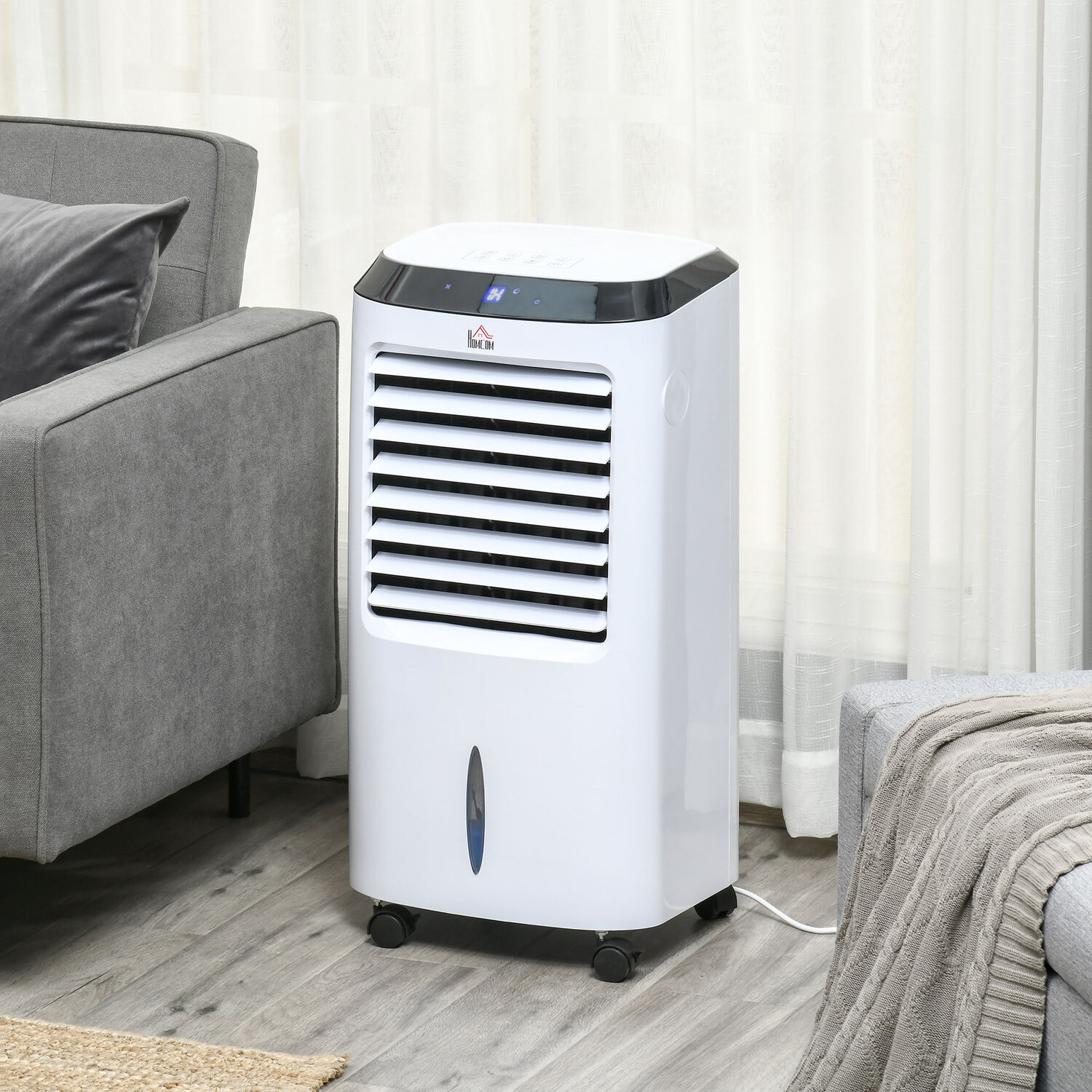
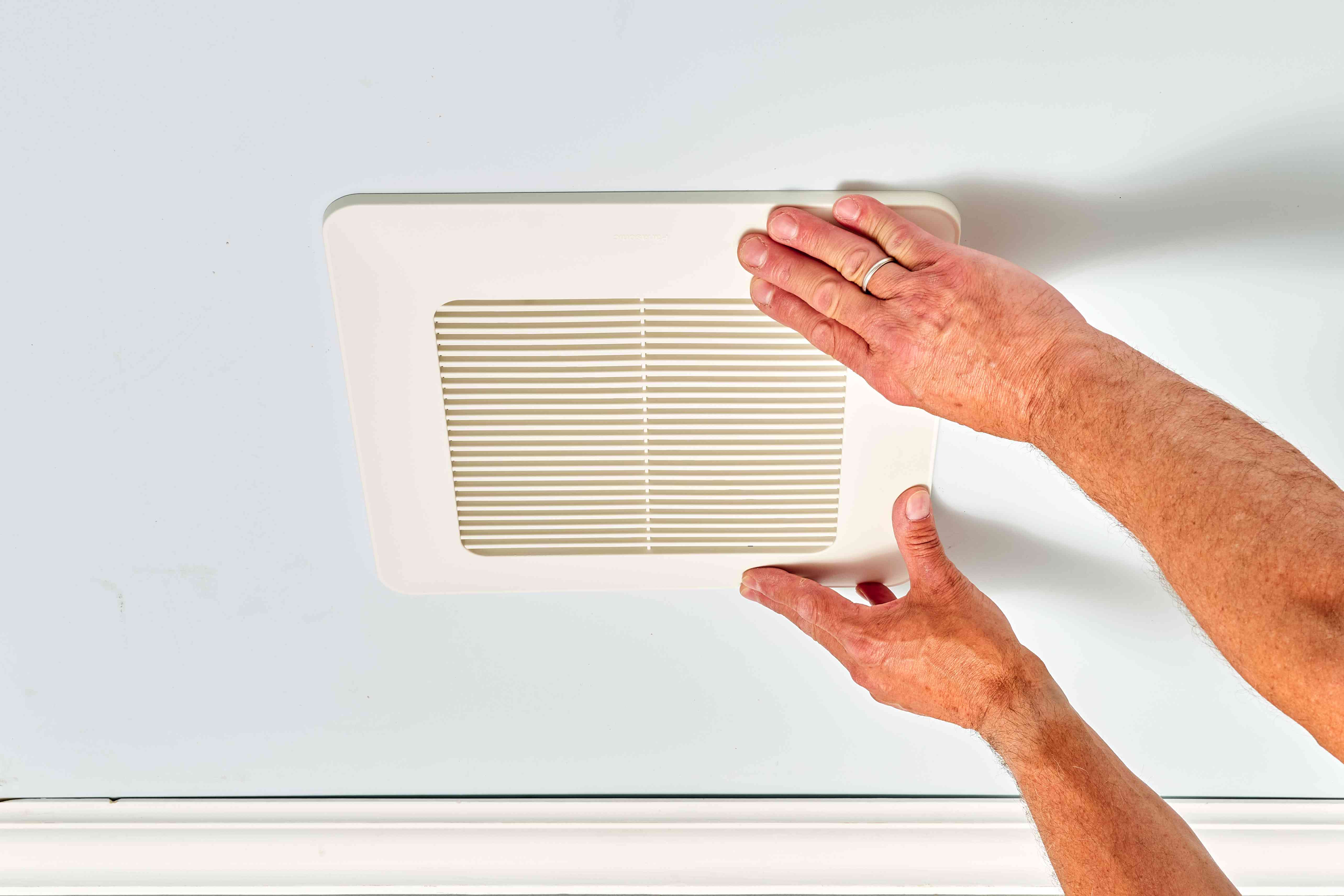
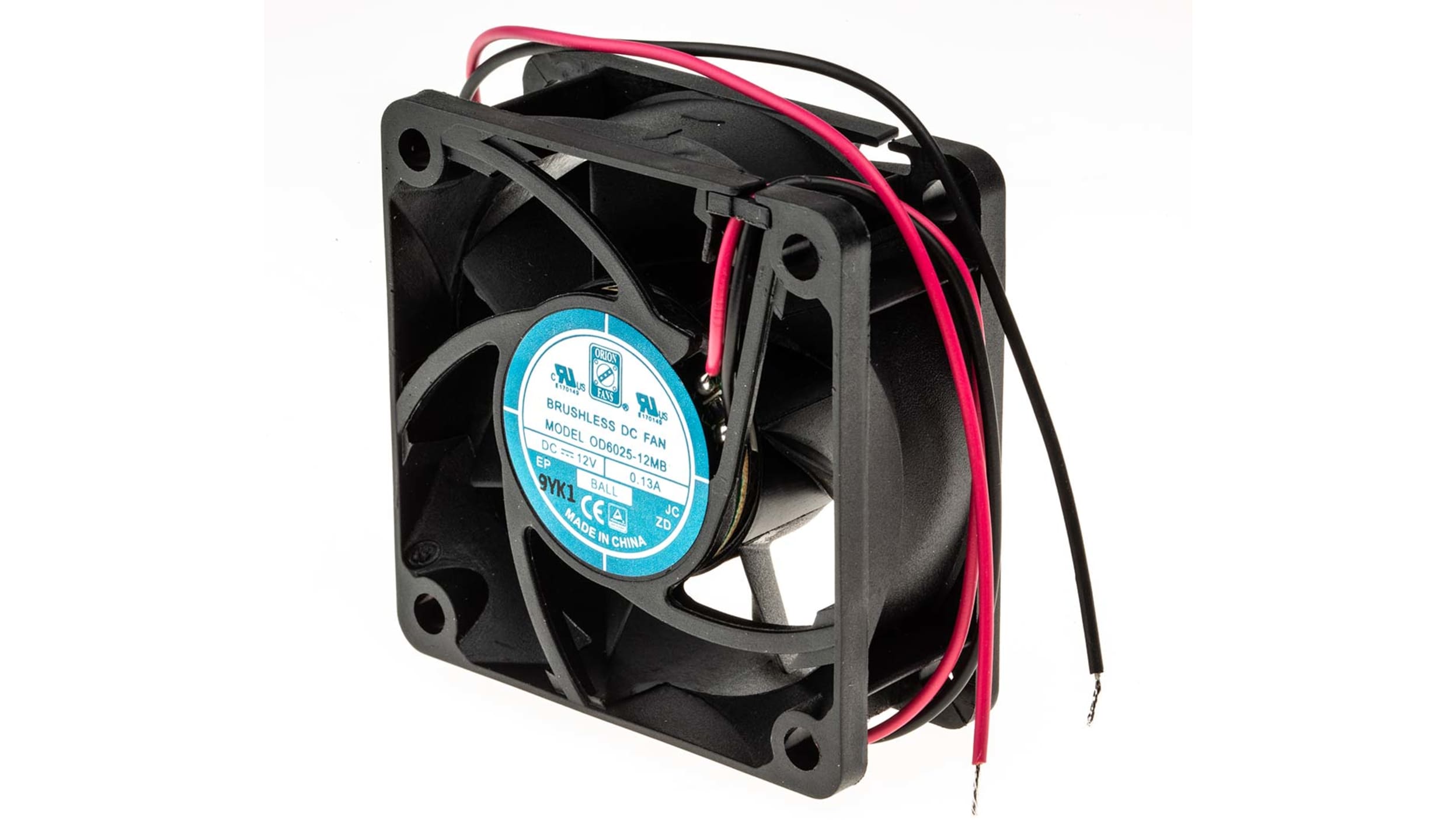
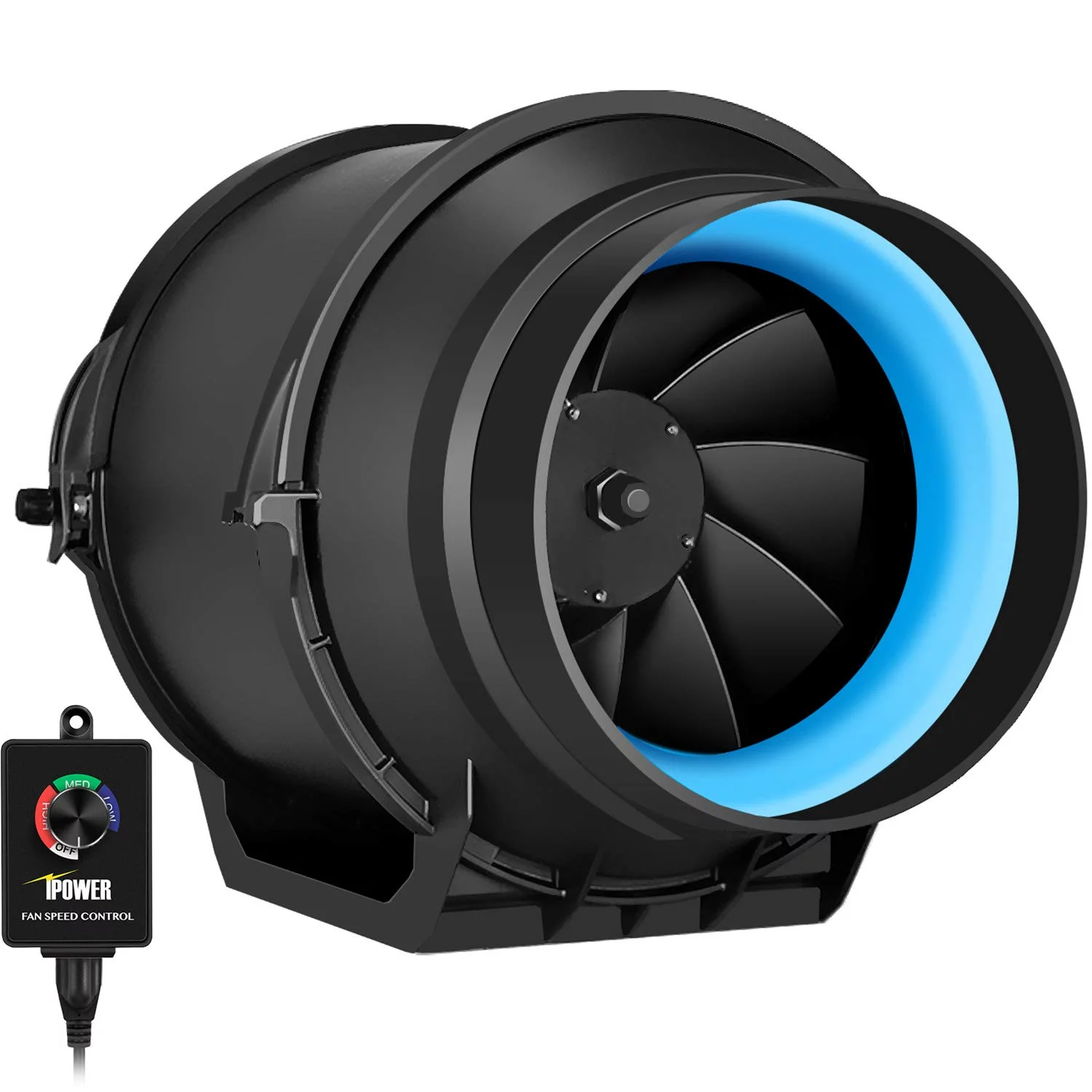

0 thoughts on “What Is An Ionizer Fan”